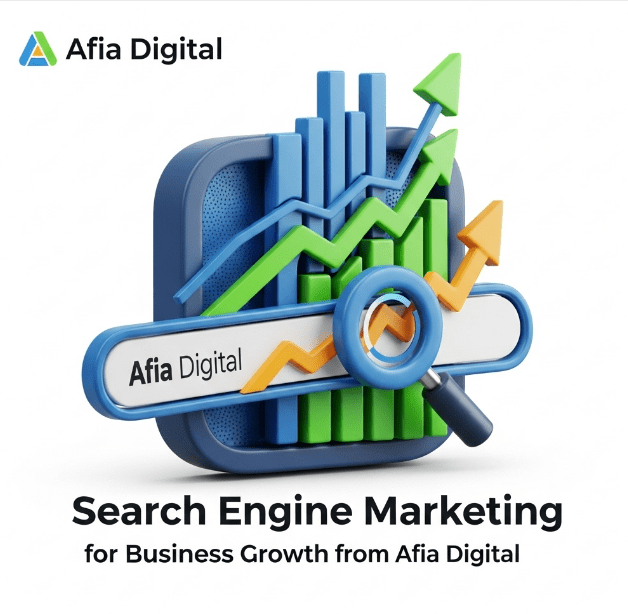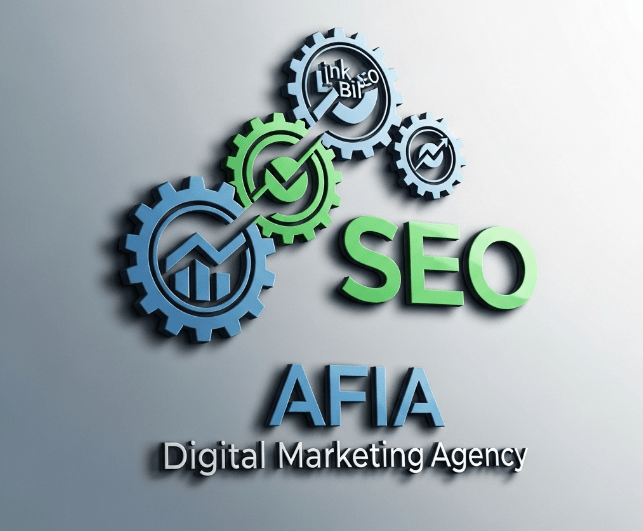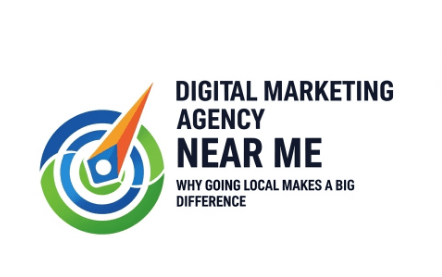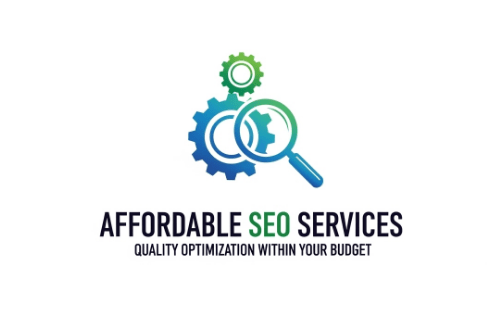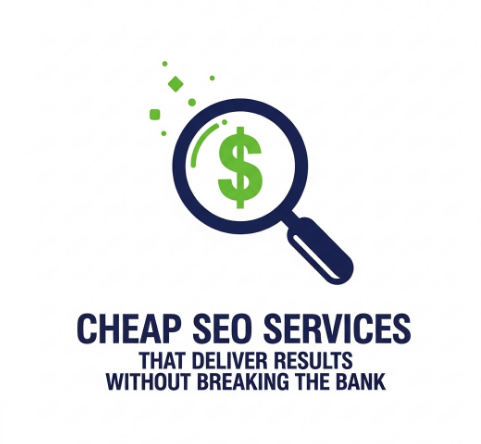
Introduction to Search Engine Marketing
In today’s competitive digital world, just having a website isn’t enough. You need to ensure your target audience can actually find it. That’s where Search Engine Marketing (SEM) comes into play. SEM refers to paid advertising campaigns that increase your website’s visibility on search engine results pages (SERPs). Unlike organic SEO, SEM offers immediate results and precise audience targeting.
Whether you are running an e-commerce store, a local service business, or a global brand, mastering SEM can be the difference between digital obscurity and online success.
Boost Your Online Visibility with Expert SEO Services!
Fill out the form below to get a FREE consultation and discover how our SEO strategies can skyrocket your rankings, traffic, and sales.
What Is Search Engine Marketing?
Search Engine Marketing is a digital marketing strategy that involves purchasing ads to appear at the top of search engine results for specific keywords. The most common platform used for SEM is Google Ads, but others like Bing Ads, Yahoo Gemini, and Baidu are also popular.
SEM combines elements of:
- Keyword targeting
- Pay-Per-Click (PPC) bidding
- Quality Score evaluation
- Ad extensions and creatives
- Conversion tracking
The goal is to gain immediate visibility when users search for products or services you offer.
SEM vs SEO: Understanding the Difference
It’s easy to confuse SEM with SEO. While both aim to increase visibility, their approach is different.
| Feature | SEO | SEM |
|---|---|---|
| Type | Organic (unpaid) | Paid |
| Speed | Takes time | Immediate results |
| Placement | Below ads | At the top of the page |
| Cost | Free, but time-intensive | Pay-per-click |
| Longevity | Long-term strategy | Short-term boost |
For many businesses, combining SEO and SEM creates a powerful digital marketing mix.
How SEM Works: The Auction System
Search engines like Google use an auction system to determine which ads appear and in what order. The main factors are:
- Bid Amount – How much you’re willing to pay per click.
- Quality Score – Based on ad relevance, CTR, and landing page quality.
- Ad Rank – Combines your bid and quality score to determine position.
Winning isn’t just about paying more; it’s about creating quality, relevant ads.
Components of a Successful SEM Campaign
To succeed in search engine marketing, several elements must work together:
1. Keyword Research
Identifying the right keywords is critical. Use tools like Google Keyword Planner or manual brainstorming to target terms that your customers are searching for.
2. Ad Copy
Your ad needs to be compelling. Include your main keyword, a strong call to action (CTA), and unique selling points.
3. Landing Pages
Send users to highly relevant landing pages that match their search intent. The better the experience, the higher your conversion rate.
4. Budget and Bidding Strategy
Decide how much you’re willing to spend daily and which bidding strategy works best (manual CPC, enhanced CPC, target CPA, etc.).
5. A/B Testing
Constantly test different ad headlines, descriptions, and landing pages to see what performs best.
Benefits of Search Engine Marketing
SEM offers several unique advantages:
- Immediate Results – Start receiving traffic as soon as your campaign is live.
- Targeted Reach – Show your ads only to users actively searching for your services.
- Measurable ROI – Every click, conversion, and dollar spent can be tracked.
- Scalable Campaigns – Start small and scale as you see results.
- Brand Visibility – Even if users don’t click, your brand gets exposure at the top of the SERPs.
Popular SEM Platforms
Here are some of the most widely used SEM platforms:
- Google Ads – The largest and most dominant platform globally.
- Bing Ads (Microsoft Advertising) – Reaches users on Bing, Yahoo, and AOL.
- YouTube Ads – Video advertising that’s managed via Google Ads.
- Amazon Ads – Great for e-commerce sellers looking to boost product visibility.
- Facebook Ads (for search intent via keywords) – Though not traditional SEM, Facebook Ads can mimic keyword intent targeting.
Common SEM Mistakes to Avoid
Even seasoned marketers can make mistakes in SEM campaigns. Here are a few to watch out for:
- Ignoring Negative Keywords – This causes your ads to appear for irrelevant searches.
- Poor Ad Copy – Low CTRs lead to a lower quality score.
- Sending Traffic to the Homepage – Always use targeted landing pages.
- No Conversion Tracking – You need to know what’s working.
- Setting and Forgetting – Regular optimization is key.
SEM for Local Businesses
Local businesses can benefit immensely from SEM by targeting location-based keywords. For example:
- “Plumber near me”
- “Best SEO services in Jeddah”
- “Digital marketing agency Riyadh”
Using Google Ads Location Extensions, businesses can show up with map directions and contact options directly in the search ad.
Measuring Success in SEM
Key metrics for measuring your SEM performance include:
- Click-Through Rate (CTR)
- Conversion Rate
- Cost per Click (CPC)
- Quality Score
- Return on Ad Spend (ROAS)
By analyzing these metrics, you can refine your campaigns for optimal results.
The Future of Search Engine Marketing
As AI and automation evolve, platforms like Google Ads are becoming smarter. Smart Bidding, Responsive Search Ads, and Performance Max campaigns are shaping the future of SEM.
Voice search, mobile-first indexing, and privacy-focused strategies will also influence how search ads are delivered.
Final Thoughts
Search Engine Marketing is one of the most powerful tools in your digital marketing toolkit. It offers immediate visibility, measurable results, and scalable growth. Whether you’re launching a new brand or scaling an existing one, SEM can deliver the right traffic at the right time.
To succeed in this space, businesses must stay up-to-date, experiment often, and remain focused on delivering value to users.


